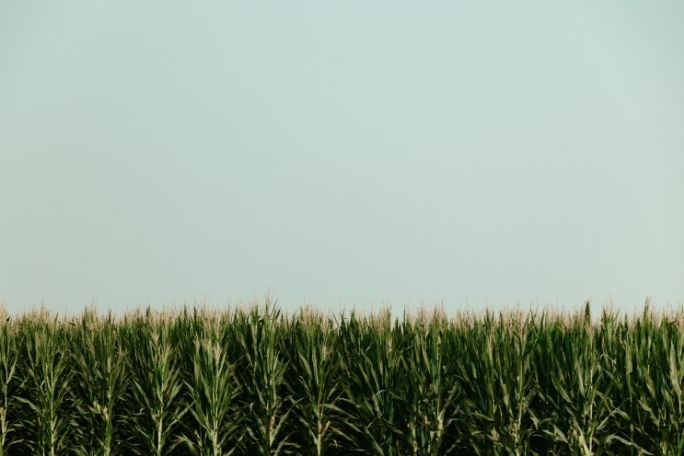Lesson summary
In this lesson students will review and critically examine typical features of sustainable agriculture to complete a Diamond Ranking activity. They will examine different categories of food producers and identify examples for each. Working in groups, students will select one category of interest to investigate one food producer (farm) in that category and assess its contribution to a sustainable food future.
Learning intentions:
Students will...
- understand some of the features of sustainable agriculture
- be able to do a geographical inquiry in which they learn about one food producer
- understand how food producers can contribute to a sustainable food future
Success criteria:
Students can...
- define sustainable agriculture and food security in their own words
- critically evaluate different features of sustainable agriculture and rank their perceived importance to a sustainable food future
- work collaboratively to identify a topic for investigation and undertake an inquiry
- use geographical tools such as maps, statistics, diagrams and photographs to summarise geographical information
- make a judgement (assessment) about the role of a food producer in creating a sustainable food future
- create digital content for a class food map
Lesson guides and printables
Lesson details
Curriculum mapping
Australian curriculum content descriptions:
Year 9 Geography:
- Environmental, economic and technological factors that influence crop yields in Australia and across the world (ACHGK062).
- Challenges to food production, including land and water degradation, shortage of fresh water, competing land uses, and climate change, for Australia and other areas of the world (ACHGK063).
- The capacity of the world’s environments to sustainably feed the projected future global population (ACHGK064).
Year 10 Geography:
- Human-induced environmental changes that challenge sustainability (ACHGK070).
- Environmental world views of people and their implications for environmental management (ACHGK071).
- The application of geographical concepts and methods to the management of the environmental change being investigated (ACHGK074).
Syllabus outcomes: GE5-2, GE5-3, GE5-4, GE5-5
General capabilities: Information and Communication Technology (ICT) Capability, Literacy, Critical and Creative Thinking
Cross-curriculum priority: Sustainability
Relevant parts of Year 9 achievement standards: Students evaluate a range of primary and secondary sources to select and collect relevant and reliable geographical information and data. They record and represent multi-variable data in a range of appropriate digital and non-digital forms, including a range of maps that comply with cartographic conventions. Students synthesise data and information to draw reasoned conclusions. They present findings, arguments and explanations using relevant geographical terminology and digital representations in a range of appropriate communication forms.
Relevant parts of Year 10 achievement standards: Students explain how interactions between geographical processes at different scales change the characteristics of places. Students identify, analyse and explain significant interconnections between people, places and environments and explain changes that result from these interconnections and their consequences.
Unit of work: Love Food? Love Bees! – Food Security and Sustainability – Year 9 & 10.
Time required: 120 mins.
Level of teacher scaffolding: Medium – the teacher will hold class discussions and facilitate small group work.
Resources required
- Student Worksheets – one copy per student
- A class set of internet-enabled devices
- Set of cards for Diamond Ranking Activity (see Teacher Preparation section)
- Student Enquiry Resource (optional) – digital access or one copy per student
Skills
This lesson is designed to build students’ competencies in the following skills:
- Collaboration
- Communication
- Critical thinking
- Digital literacy
Additional info
This lesson has been created in partnership with ACT for Bees. ACT for Bees is a not-for-profit organisation taking action to preserve these essential pollinators, ensuring a food-secure future.


Welcome back!
Don't have an account yet?
Log in with:
By signing up to Cool.org you consent and agree to Cool's privacy policy to
store, manage and process your personal information. To read more, please see
our privacy policy here(Opens in new tab).
Create your free Cool.org account.
Many of our resources are free, with an option to upgrade to Cool+ for premium content.
Already have an account?
Sign up with:
By signing up to Cool.org you consent and agree to Cool's privacy policy to
store, manage and process your personal information. To read more, please see
our privacy policy here(Opens in new tab).